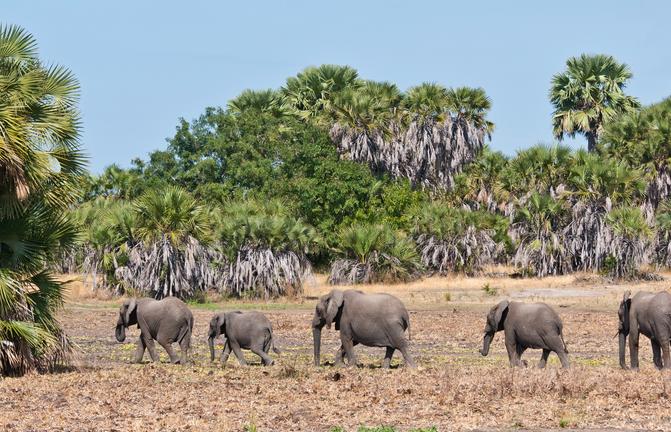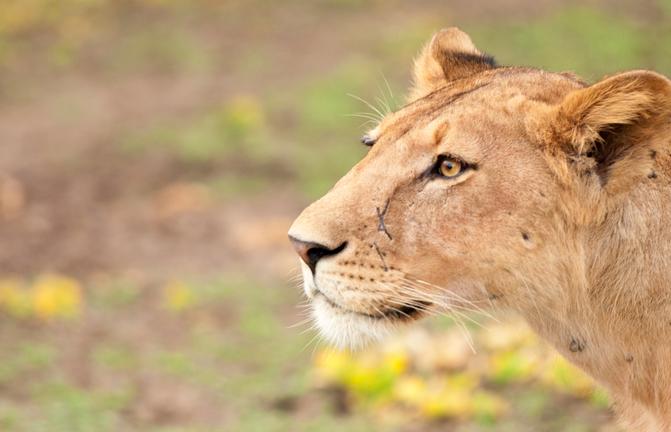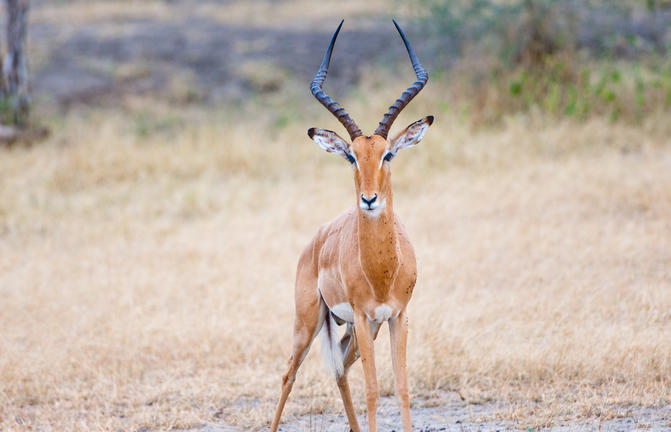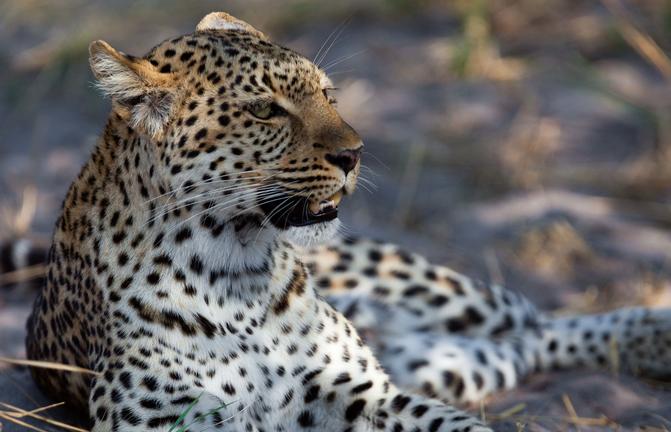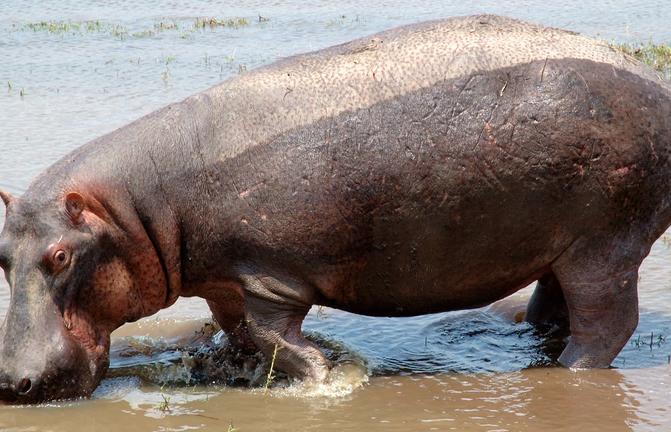The name Tanzania conjures up images of wildebeest stampeding across vast savannah, rain forests teeming with monkeys and birdlife, and great plains brimming with legions of game. All of these natural wonders and more are on offer in this exceptionally diverse African nation. Visitors typically visit Tanzania to partake in at least one of the four well-known Tanzanian tourist experiences: a relaxing seaside vacation on the picturesque island paradise of Zanzibar, an underwater tour of some of the world’s most renowned dive sites around the gorgeous Spice Islands, a safari adventure in some of Africa’s most impressive game reserves, or a hiking excursion around Mount Kilimanjaro National Park. Whichever of these incredible holidays you choose, you will undoubtedly be welcomed by some fabulously friendly and peaceful inhabitants who, despite being divided into 120 different ethnic groups and cultures, live in harmony with one another and provide some of the most wonderfully exotic local cuisine you could imagine. With all of this diversity on offer, the most difficult part of your Tanzanian holiday experience is likely to be deciding where to go!






Dar es Salaam is Tanzania’s former capital, her largest city and main port. The distinctly African, colourful markets are well worth a visit and both German and British influences can still be seen in the architecture around the city. Conveniently positioned amidst some of the most important sea routes in the world, the city is the transport and economic hub of the country as well as a centre for arts and culture. It serves as an excellent jumping-off point to explore the surrounding area including Pemba, Mbudya, Unguja islands, a variety of national parks and countless pristine beaches. Visitors can look forward to a number of other activities including: learning about Tanzanian culture at the National Museum and House of Culture, visiting the eclectic Oyster Bay, and taking a stroll through the city's lush Botanical Gardens.
The remote and little-visited Selous Game Reserve covers more than 5% of Tanzania’s total area and is the largest of its kind in Africa. At an unbelievable 55,000 sq km it is almost twice the size of Belgium and four times larger than the famous Serengeti in the North. The Great Rufiji River and its tributaries are the lifeblood of the reserve, creating a network of forests and woodlands around the lagoons, sandbanks and lakes with tall palm trees adding to the scenic splendour. It is home to 2,100 species of plants, 350 species of birds, 60,000 elephant, 108,000 buffalos and an estimated 1,300 of the worlds’ roughly, 4,000 remaining rare wild dogs, giving guests an opportunity to catch a glimpse of these exotic animals in their true unspoilt wilderness. Popular activities include: boating safaris, walking safaris and fly camping.

